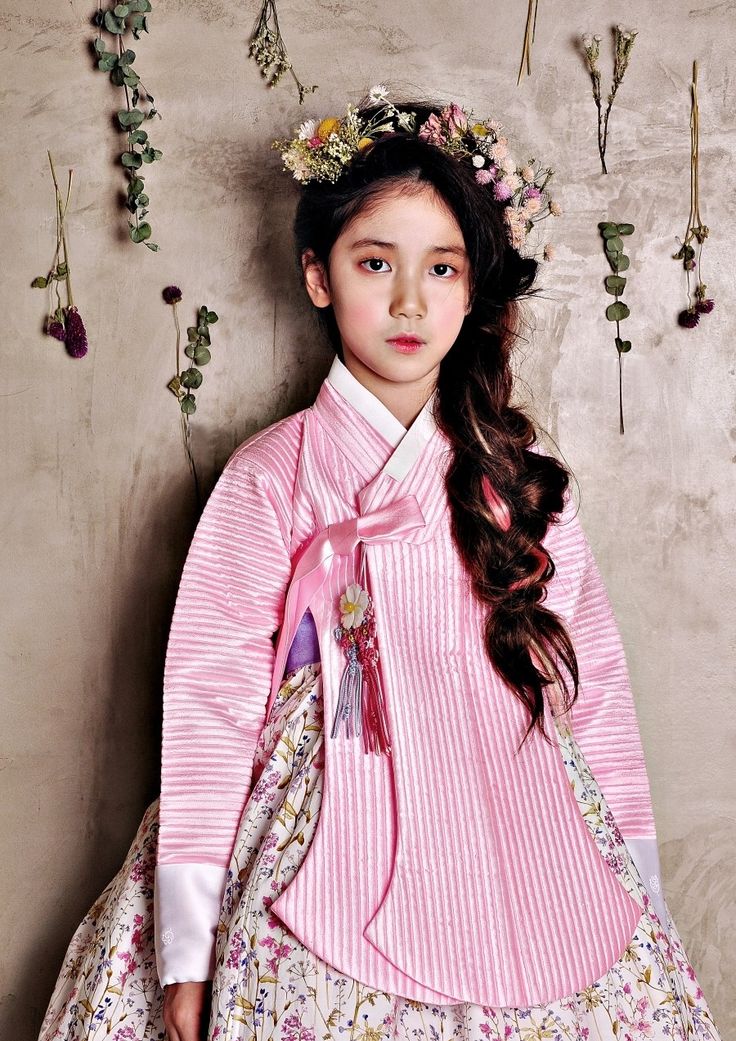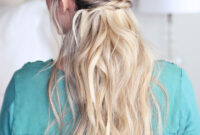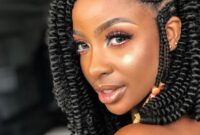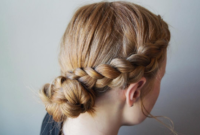Explore the charm of Korean Traditional hairstyles. Discover timeless and elegant hair inspirations rooted in Korean culture. Embrace the beauty of tradition with these captivating hairstyle ideas.
Korean Traditional Hairstyle: A Timeless Beauty
When it comes to fashion and beauty, Korean culture has always been at the forefront. From K-pop music to K-dramas, the world has fallen in love with everything Korean. One aspect of Korean beauty that has captivated the global audience is their traditional hairstyles. These hairstyles not only reflect the rich history and culture of Korea but also showcase the timeless beauty that transcends generations. In this article, we will explore the intricacies of Korean traditional hairstyles, their significance, and how they have evolved over time.
The History of Korean Traditional Hairstyles

The history of Korean traditional hairstyles can be traced back to ancient times. During the Three Kingdoms period, which lasted from 57 BC to 668 AD, hairstyles were an important symbol of social status and identity. The noble class would often adorn their hair with intricate accessories and elaborate styles, while the commoners would keep their hair simple and practical.
As the Joseon Dynasty took over, hairstyles became more refined and standardized. Women would wear their hair in a neat and elegant bun known as jogburi, which was adorned with beautiful hairpins and accessories. Men, on the other hand, would often shave their heads and wear a traditional hat called gat as a symbol of their social status.
The Significance of Korean Traditional Hairstyles

Korean traditional hairstyles hold immense cultural significance. They not only reflect the social hierarchy but also symbolize the values and traditions of the Korean people. For instance, the jogburi worn by women represents modesty, femininity, and the importance of maintaining a graceful appearance.
Moreover, traditional hairstyles were often influenced by Confucianism, which emphasized respect for elders and adherence to social norms. The hairstyles of the nobility were designed to showcase their noble lineage and distinguish them from the commoners.
Evolution of Korean Traditional Hairstyles

Over time, Korean traditional hairstyles have evolved to adapt to changing trends and modern influences. While the essence of traditional hairstyles remains intact, there have been subtle modifications to cater to contemporary tastes.
Today, many Koreans still appreciate and embrace traditional hairstyles for special occasions, such as weddings and traditional ceremonies. However, in everyday life, modern hairstyles have become more prevalent, influenced by global fashion trends and Western styles.
The Timeless Beauty of Korean Traditional Hairstyles

Despite the evolving fashion landscape, Korean traditional hairstyles continue to captivate people around the world. Their timeless beauty and elegance have stood the test of time, making them an integral part of Korean culture.
These hairstyles not only serve as a reminder of Korea’s rich history but also represent the cultural pride and identity of the Korean people. They are a symbol of grace, sophistication, and the importance of preserving tradition in a rapidly changing world.
The Most Popular and Sought After Ones Korean Traditional Hairstyles
Daenggi Meori

This is a long-braided hairstyle with a ribbon called daenggi tied at the end of the braid. It was worn by unmarried men and women in ancient times, and it symbolized purity and innocence.
Saeang Meori

This is a hairstyle of young court ladies called saenggaksi, who served the royal family. It consists of several braids that are folded up and down or twisted together, and decorated with ribbons and ornaments.
Daesu Meori
This is a hairstyle of queens and crown princesses, who wore heavy crowns called jeokui on their heads. The hair was pulled back and tied in a bun, and then covered with a cloth or a net.
Jjokjin Meori
This is a hairstyle of married women, who wore large hairpins called binyeo to hold their hair in place. The hair was parted in the front and pulled back into a low bun, and then adorned with various accessories.
Cheopji Meori

This is a hairstyle of high-ranking women and officials’ wives, who wore ornamental hairpins called cheopji on their heads. The hair was parted in the middle and pulled back into a bun, and then covered with a cloth or a net.
Hime Cut
This is a hairstyle that originated from Japan, but became popular in Korea during the Japanese occupation period. It features straight bangs that cover the forehead, and straight hair that reaches the cheekbones or the jawline. It is a daring and edgy hairstyle that can be styled in various ways.
Conclusion
FAQs
1. Are Korean traditional hairstyles only worn by women?
No, Korean traditional hairstyles have both male and female variations. However, women’s hairstyles are often more elaborate and adorned with accessories.
2. Can anyone wear a Korean traditional hairstyle?
Yes, Korean traditional hairstyles can be worn by anyone who appreciates the beauty and cultural significance behind them. However, it is important to respect and understand their historical and cultural context.
3. Are Korean traditional hairstyles still popular in modern Korea?
While traditional hairstyles are still appreciated for special occasions, modern hairstyles influenced by global trends have become more prevalent in everyday life.
4. What are some of the most famous Korean traditional hairstyles?
Some famous Korean traditional hairstyles include the jogburi for women and the shaved head with a gat hat for men.
5. How can I incorporate elements of Korean traditional hairstyles into my own style?
You can incorporate elements of Korean traditional hairstyles by using traditional hair accessories, such as hairpins and ribbons, or by experimenting with bun hairstyles inspired by Korean traditions.
In conclusion, Korean traditional hairstyles are a beautiful representation of Korea’s rich history and cultural heritage. Their timeless beauty continues to inspire and captivate people around the world, serving as a reminder of the importance of preserving tradition in a rapidly changing world.



